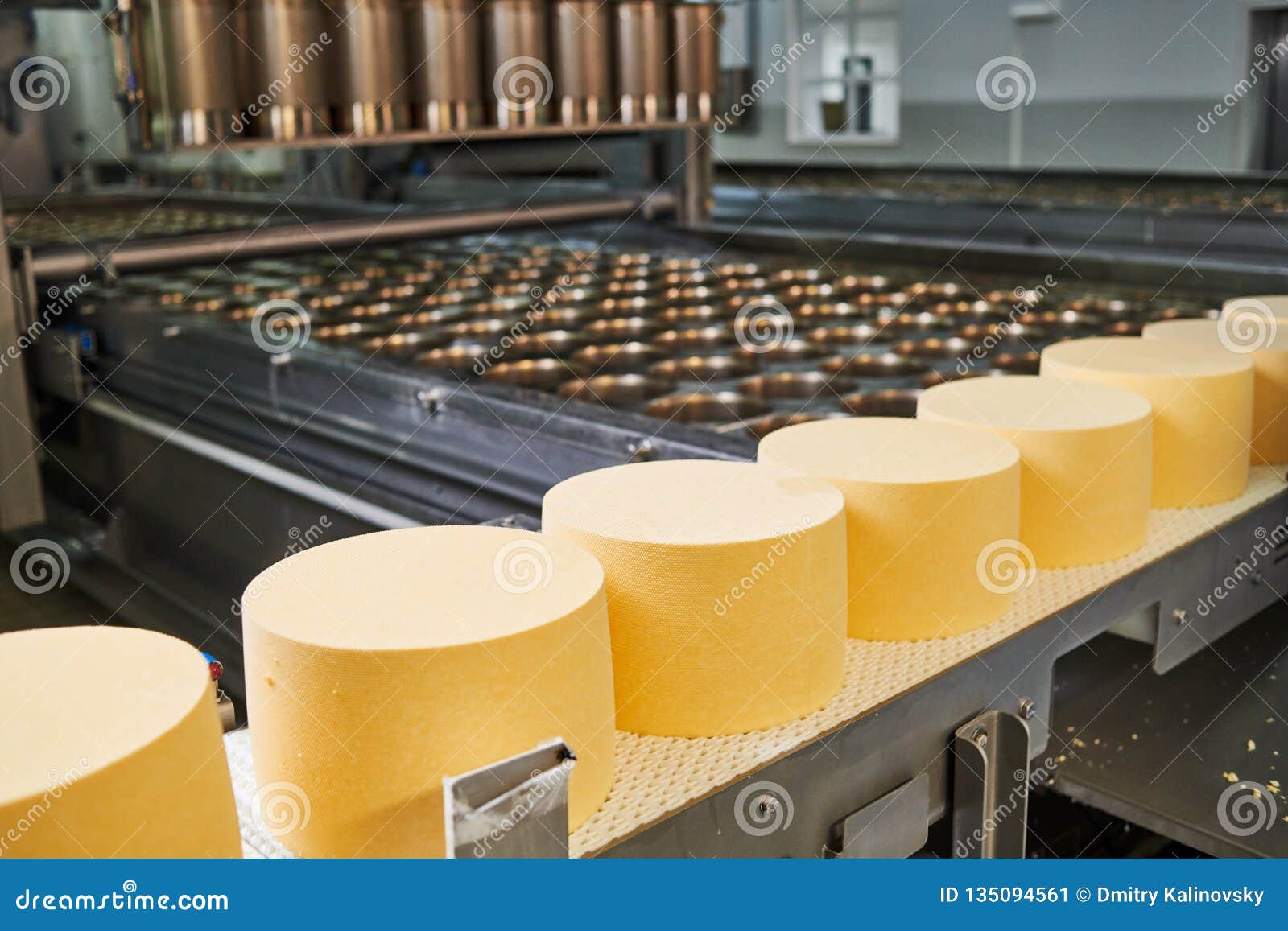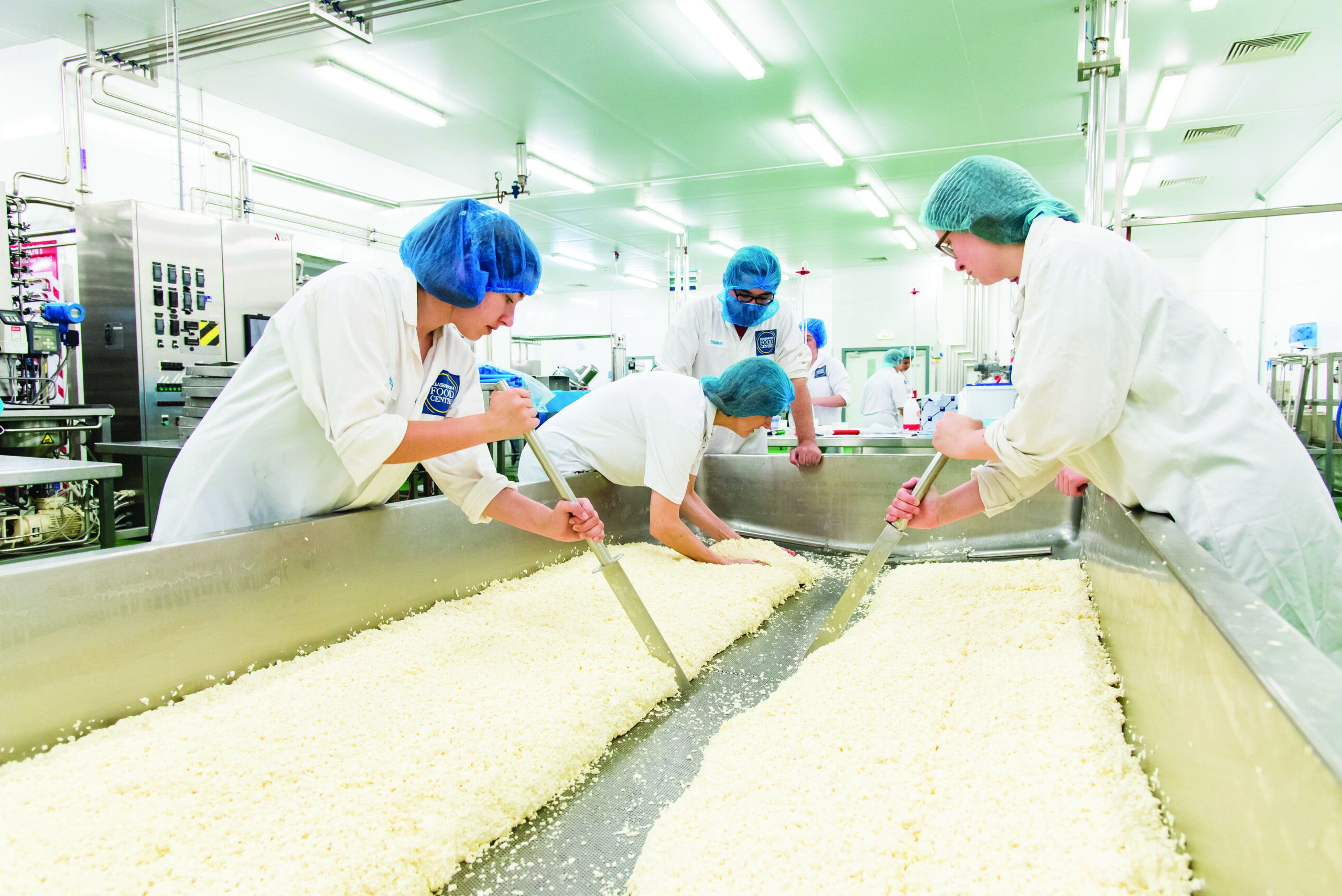Cheese Makers Melbourne: Crafting the Finest Cheeses Locally
Cheese Makers Melbourne: Crafting the Finest Cheeses Locally
Blog Article
Exploring the Art of Cheese Manufacturing: Methods, Processes, and Technologies in the Dairy Products Sector
The expedition of cheese manufacturing incorporates a varied variety of strategies and processes that show both historical customs and modern advancements within the dairy products market. By checking out the complex art of fermentation, aging, and contemporary production techniques, one gains insight right into exactly how artisans and large-scale manufacturers alike adjust to developing customer choices and sustainability challenges. As we take into consideration the ramifications of these developments, it comes to be important to examine how they will shape the future landscape of cheese and its function in our diet plans and culinary practices.
Background of Cheese Making
Tracing its origins to ancient people, the history of cheese making discloses an abundant tapestry of cultural and technological advancement. Proof suggests that cheese production go back over 7,000 years, with historical searchings for from regions such as Mesopotamia and the Indus Valley showcasing very early dairy techniques. These cultures made use of milk from domesticated pets, and with natural procedures of fermentation and coagulation, they produced rudimentary kinds of cheese.
As people advanced, the art of cheese making came to be much more fine-tuned. The old Egyptians and Greeks documented their methods, which included a selection of milk resources and varied methods for aging and flavor cheese. The Romans additionally advanced cheese production, exporting their expertise throughout Europe, which brought about regional adaptations and special varieties.
The Center Ages experienced the establishment of abbeys as facilities of cheese manufacturing, where monks created distinctive dishes that reflected neighborhood preferences and offered sources. Throughout the centuries, cheese production has actually developed, influenced by factors such as location, climate, and cultural techniques. This rich background not just illustrates the ingenuity of very early societies but likewise lays the structure for the diverse cheese varieties took pleasure in today around the world.
Typical Cheese Manufacturing Methods
Traditional cheese production methods incorporate a selection of classic techniques that have been given with generations. These techniques, usually region-specific, reflect the unique cultural heritage connected with cheese-making. The procedure usually starts with sourcing high-grade milk, which can differ in kind relying on the wanted cheese.
Coagulation is accomplished through the enhancement of rennet and occasionally an acid, causing the formation of curds. The curds are after that cut and gently mixed, permitting whey to separate. This initial coagulation phase is essential, as it influences the texture and dampness material of the end product.

Fermentation and Aging Processes
Fermentation and aging procedures are indispensable to the development of cheese, occurring after the initial curdling and pressing phases. Throughout fermentation, details bacterial cultures are introduced to the curds, promoting the conversion of lactose into lactic acid. This level of acidity not only assists in curd conservation yet also contributes to the taste account and texture of the final product.
As the cheese ages, biochemical responses proceed to occur, affecting its preference, scent, and appearance. Enzymes and microorganisms damage down proteins and their explanation fats, leading to the development of complex flavors. The aging environment, including temperature and moisture, plays an essential function in this maturation process. Different cheeses require varying aging periods, which can range from a couple of weeks to numerous years, leading to distinct characteristics.
Additionally, the existence of molds or yeasts on celebrity surface area can better boost taste complexity. Blue cheeses rely on specific mold societies to develop their signature preference profiles. In general, both fermentation and aging are vital in defining the originality of cheeses, enabling craftsmens to produce a diverse selection of products that provide to a large range of tastes.
Modern Advancements in Dairy Products Production
Advancements in dairy manufacturing have revolutionized the cheese-making procedure, enhancing performance and item high quality. Technological developments, such as automated bleeding systems and precision fermentation methods, have streamlined operations and boosted uniformity in raw milk high quality. These systems lower labor costs and improve animal welfare by enabling even more comfortable and reliable milking techniques.
In addition, the consolidation of information analytics and IoT (Net of Things) gadgets has actually allowed dairy manufacturers to monitor different specifications, such as temperature and moisture, in real-time. cheese for sale online. This capacity makes certain optimum conditions throughout the cheese-making process, resulting in a better output
In addition, advancements in pasteurization methods, including high-temperature short-time (HTST) pasteurization, have not only enhanced food security yet likewise maintained the delicate tastes and nutrients inherent in milk.
Sustainable techniques are also getting traction, with improvements in waste monitoring and renewable resource usage. Several producers are now utilizing biogas from milk waste, promoting ecological stewardship while concurrently reducing functional our website prices.
These contemporary advancements jointly add to a much more effective, lasting, and high-grade cheese production procedure, setting brand-new standards in the dairy industry.
Future Patterns in Cheese Market
As the cheese market remains to evolve, emerging trends are improving manufacturing, usage, and marketing techniques. One substantial fad is the expanding need for artisanal and specialized cheeses, driven by consumers seeking distinct tastes and top notch components. This change is encouraging manufacturers to adopt standard methods while integrating contemporary technology for boosted quality assurance.
Sustainability stays at the forefront of customer preferences, prompting suppliers to check out environment-friendly practices, such as lowering water usage, optimizing power usage, and utilizing eco-friendly packaging products. Furthermore, developments in plant-based cheese choices are broadening market chances, satisfying the boosting number of vegan and lactose-intolerant consumers.
Moreover, electronic marketing and ecommerce are revolutionizing just how cheese is marketed and offered, enabling producers to attach directly with customers and tailor their offerings to certain demographics. Subscription solutions and online systems are becoming prominent networks for cheese distribution, boosting ease of access and convenience.
Lastly, health-conscious patterns are affecting cheese formulations, with producers establishing lower-fat, lower-sodium, and nutrient-enriched alternatives to satisfy consumer needs. As these patterns remain to unfold, celebrity find out market is likely to witness a dynamic transformation that lines up with modern consumer worths and preferences.

Final Thought
The expedition of cheese production exposes a complicated interplay of time-honored techniques and contemporary developments. As the milk sector accepts health-conscious trends and environment-friendly practices, the future of cheese production promises ongoing growth and development, guaranteeing its long-lasting relevance in cooking society.
Report this page